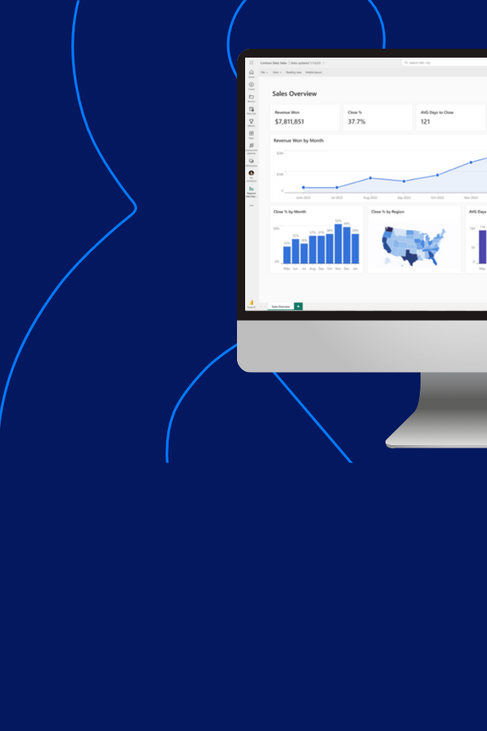Most grants require that recipients undergo periodic compliance reviews to ensure requirements are being met. These reviews examine various aspects of your grant management, including reimbursed expenses, adherence to procurement requirements, financial management oversight, civil rights compliance, and more.
The reviews typically occur every two or three years, but the frequency can vary depending on the grantor’s policies and grantee’s compliance history. The audit period may also vary, but grantees should be prepared to provide up to five years’ history of transactions, reimbursement requests, supporting documentation, and other compliance-related records.
We understand that finding and providing documentation from years ago can be challenging, but it is essential for your grant compliance. Without proper documentation, your organization could owe money back to the awarding agencies, or worse: the loss of future grant funding.
Documentation is key to your grant compliance success. Read on for five recommendations your organization can implement to help you successfully prepare and complete grant compliance reviews.
1. Develop an Internal Tracking System
Develop an internal tracking system to ensure you are consistently collecting and providing appropriate documentation. We recommend creating checklists, which should make it easier for you to identify the responsible personnel and the supporting documentation utilized. Checklists should evidence the following:
- Preparer name and date
- Reviewer name and date
- Final approval date
- Reconciliations of what is included in the reimbursement packet.
- This information should contain lists of invoices, including clear documentation of what was determined to be eligible/ineligible.
- Location of paper and electronic files
- Depending on your organization’s filing system, files may be stored by procurement details, grant details, or other accounting/finance classifications.
- Individual responsible for submitting the reimbursement request to the grantor
- Date the reimbursement request was submitted
- Date the reimbursement request was approved and paid
2. Document What You Do and How You Do It
Policies and procedures should be defined for each grant category documenting how to put together applications and reimbursement request packets.
These policies and procedures should include the following:
- Required steps (i.e. what to do and how to do it)
- Grant requirements (i.e. eligible and ineligible expenditure)
- Workflow (i.e. each person’s step in the process including reviews and approvals)
- Explanations for why the tasks need to be performed
It is important to understand both the “why” and the “how” of your procedures, so you can follow them correctly and avoid mistakes. Following these procedures also ensures consistency in your processes and output. We recommend reviewing and updating your procedures regularly, as they are useful for training and staff changes.
3. Make Version Control a Priority
Files will change many times as they are prepared, reviewed, and approved. You should label each new version clearly, so everyone can find the latest one and not use an outdated version by mistake. When a file is final, mark it as “Final” and add the date. You can move older versions to an “Archive” folder to avoid confusion.
4. Obtain and Preserve Written Confirmation of Verbal Discussions
After a phone call with the grantor’s Program Manager, document your conversation. We suggest following up via email to confirm what you discussed and how it affects your reimbursement requirements. This way, you can make sure the organization understands the guidance provided and you have documentation for your file.
Keep the Program Manager’s reply as well. Without their confirmation or agreement, the email is not valuable audit evidence.
5. Keep All Supporting Emails as Part of Your Retained Documentation
Emails are often used to communicate with the grantor and other parties involved in your grant activities. You should keep these emails as part of your documentation, as they may contain important information, such as clarifications, approvals, and feedback.
We recommend organizing and archiving your email correspondence related to the grant, and making sure they are easily accessible and searchable. You can use folders, labels, or tags to categorize your emails by grant, date, topic, or sender. You can also use tools or methods to back up your emails, such as cloud storage, external drives, or printouts.
Change is inevitable for organizations, and it can make documentation requests challenging, but you can overcome it with these five tips. If you’re tracking the required documentation, recording critical processes, assuring version control, and recording the grantor correspondence, you should feel confident in your organization’s ability to successfully verify compliance.
Connect with our team today to learn how we can help with grant compliance reviews as well as policies and procedures documentation.





